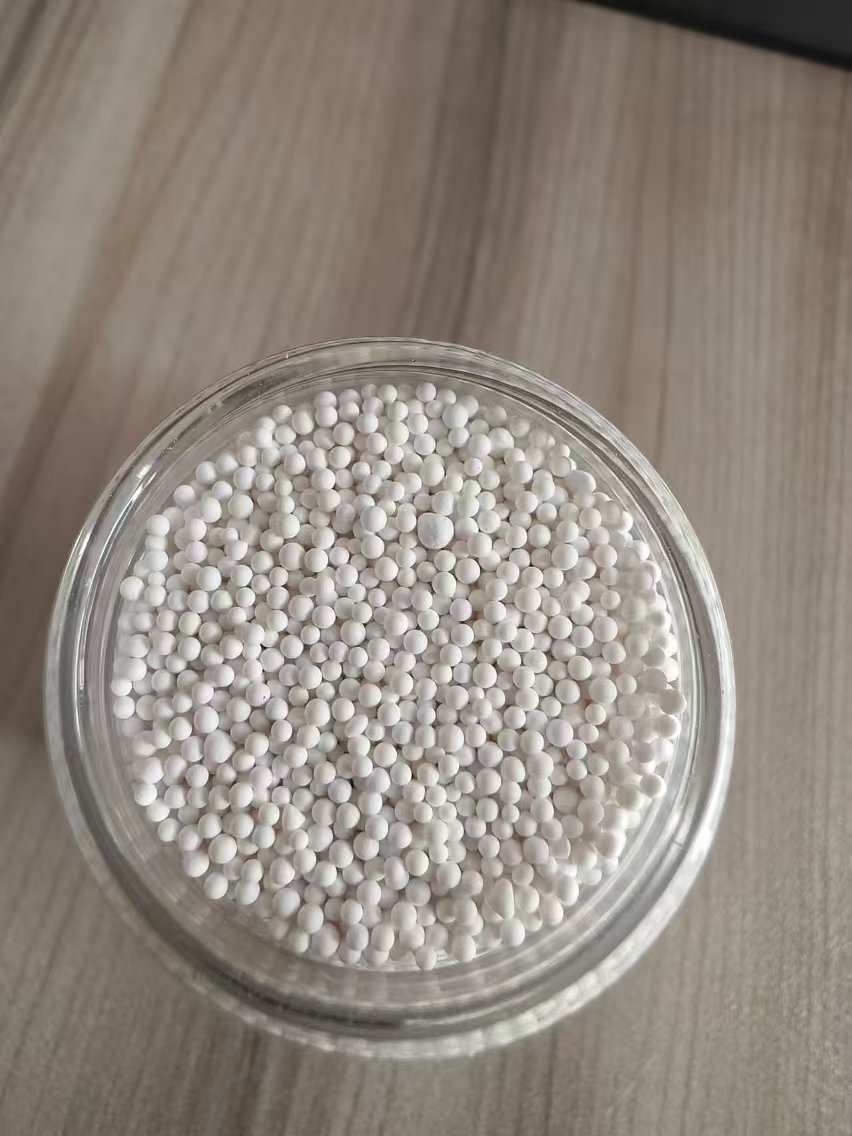The particle zeolite molecular sieve adsorbed VOC s effectively

Particle zeolite molecular sieves are highly effective at adsorbing volatile organic compounds (VOCs) due to a combination of structural, chemical, and physical properties:
Microporous Structure:
Uniform Pore Size: Zeolites have precisely sized micropores (typically <2 nm), allowing selective adsorption of VOC molecules based on size exclusion. This enables tailored solutions for specific VOCs.
High Surface Area: Their extensive pore network provides a large surface area, maximizing adsorption sites for VOC molecules.
Chemical Properties:
Hydrophobicity: Modified hydrophobic zeolites (e.g., high-silica types) resist water competition, enhancing VOC adsorption in humid environments.
Cation Exchange Capacity: Framework cations (e.g., Na⁺, K⁺) interact with polar VOCs via electrostatic forces, while non-polar VOCs bind through van der Waals interactions.
Acidic Sites: Zeolites with high aluminum content offer Brønsted/Lewis acid sites, enabling acid-base interactions with basic VOCs (e.g., amines).
Thermal Stability and Regenerability:
Zeolites maintain structural integrity at high temperatures, allowing regeneration via heating (e.g., 200–400°C) to desorb VOCs, enabling reuse and cost efficiency.
Selectivity and Versatility:
Pore size and chemical composition can be engineered to target specific VOCs (e.g., small pores for formaldehyde, hydrophobic types for benzene).
Particle Design:
Optimized particle size balances adsorption capacity with flow dynamics in filters or reactors, minimizing pressure drop while ensuring efficient contact.
Limitations and Considerations:
Molecular Size Exclusion: VOCs larger than pore openings (e.g., some large hydrocarbons) are not adsorbed.
Competitive Adsorption: Co-existing gases (e.g., water vapor in hydrophilic zeolites) may reduce efficiency, necessitating pre-treatment or hydrophobic variants.
Environmental Conditions: Temperature and humidity must be managed to maintain performance.
Applications:
Air purification (industrial, residential), emission control in manufacturing, and solvent recovery systems.



 Send Email
Send Email +8613325203316
+8613325203316